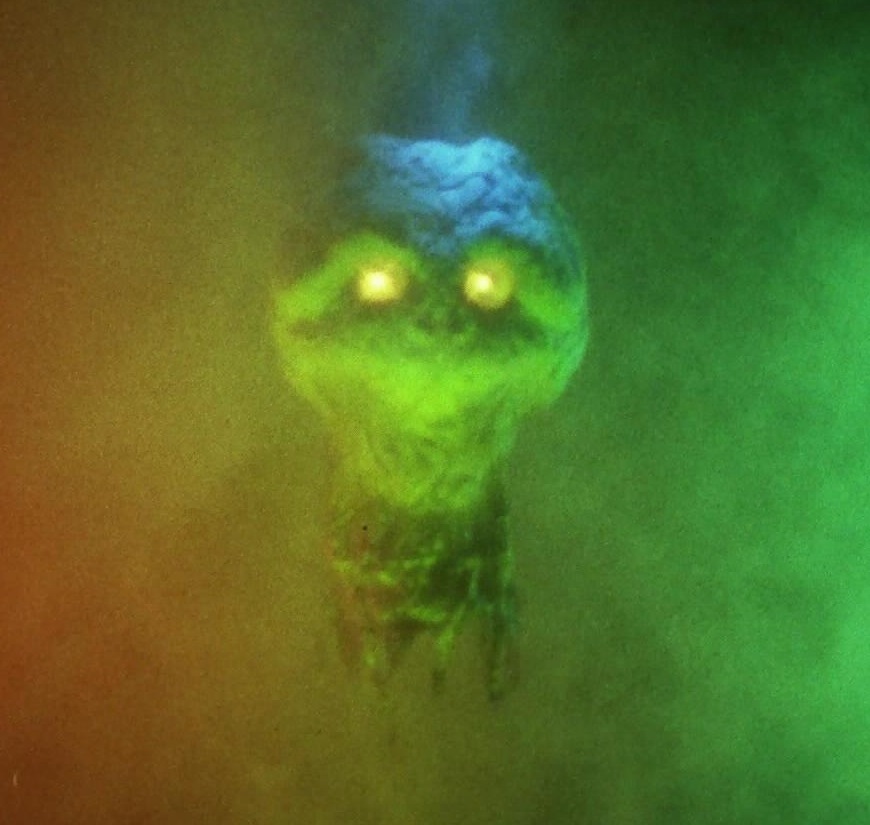
http://www.theguardian.com/science/...ysterious-shiny-patches-on-dwarf-planet-ceres
A Nasa probe that is speeding towards the largest object in the asteroid belt has spotted two mysterious shiny patches on the otherwise dark and cratered body.
The latest images from Nasa’s Dawn spacecraft reveal a pair of bright spots on Ceres, a 590-mile-wide dwarf planet, with the brightest of the two reflecting at least 40% of the sunlight that falls on it.
Scientists are unsure what the bright patches are, but given that frozen water makes up at least a quarter of the bulk of Ceres, the odds are high that they are patches of primordial ice.
“We knew from Hubble observations that there was variation in the colouration and reflectivity of the surface. But when we got to Ceres we saw bright spots, and they are really, really bright,” said Chris Russell, lead scientist on the Dawn mission at the University of California, Los Angeles.
The dwarf planet – a title that puts Ceres in the same category as Pluto – formed 4.6bn years ago making it one of the oldest objects in the solar system. Similar bodies, the siblings of Ceres, became the building blocks of the planets that now orbit the sun.
Ceres holds enough frozen water to fill all the lakes on Earth. The ice it contains is hidden beneath the surface, but collisions with other objects in the asteroid belt between Mars and Jupiter may have exposed patches here and there, creating the shiny spots.
Patches of ice should reflect nearly all of the light that falls on them, but the discrepancy could be due to the Dawn spacecraft being too far from its target to see the spots clearly. As it closes in, the patches could be revealed as smaller and much brighter. They may only seem dimmer now because the camera is averaging the light reflected from the spots and the darker rocky surface nearby.
“When we get better resolution, the reflectivity may get to 100%. Then there’s a mirror down there, and it could be made from ice,” Russell said.
There are other possibilities though. The bright spots might be the work of volcanic eruptions on Ceres that blast ice out from the body’s interior. Yet another explanation could be the materials that make up the object. Some asteroids shine brightly because of their mineral constituents. Known as enstatite asteroids, they are rich in magnesium silicates, which can reflect nearly half of the light they receive.
Whatever the cause of the bright spots, the mystery should soon be solved. The Dawn spacecraft is due to arrive at Ceres on 6 March and start close-up observations from orbit. A glitch in the mission means the probe will take some weeks to orient itself, but once it points its cameras and other instruments at the dwarf planet, the origins of the patches should become clear.
hide yo kids hide yo wife aliens is comin for us




